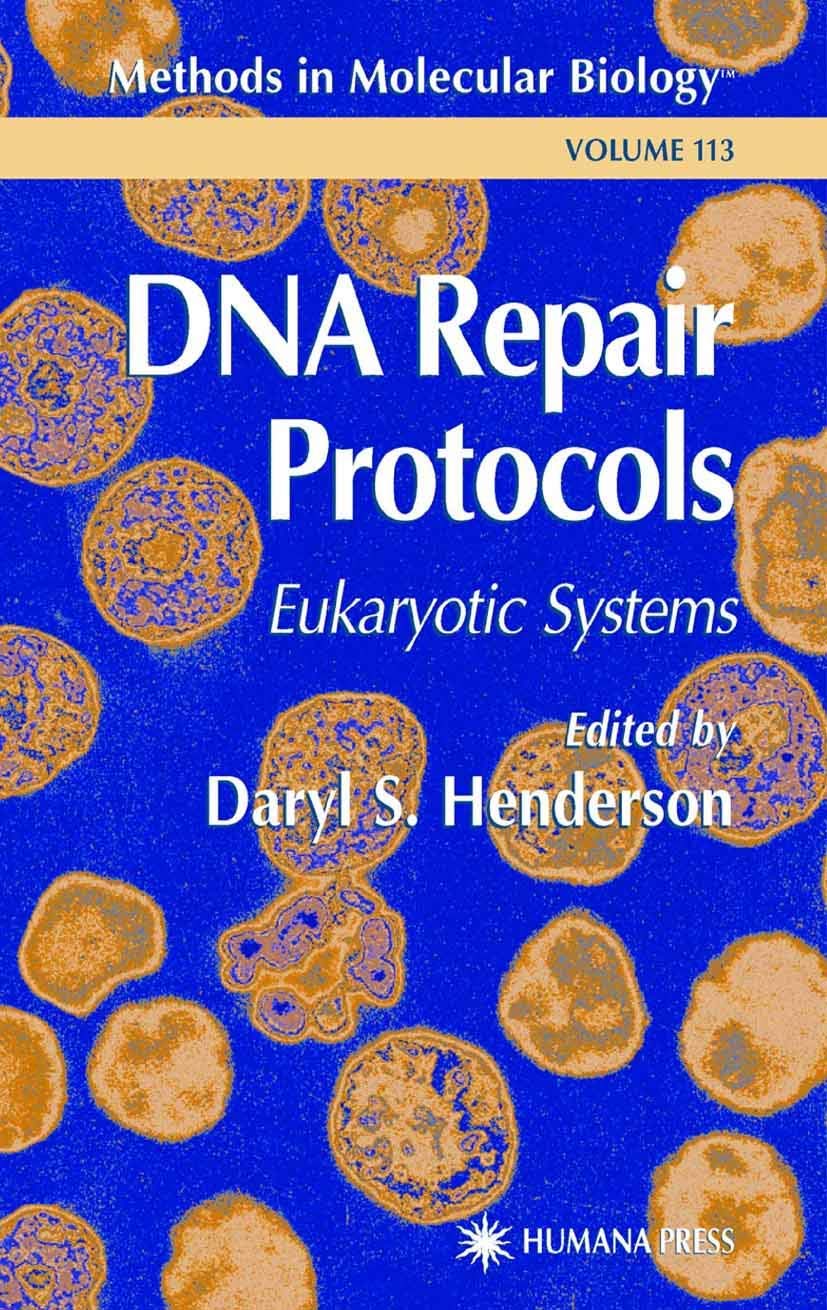DNA Repair Protocols: 113 (Methods in Molecular Biology)
DNA Repair Protocols: 113 (Methods in Molecular Biology) is backordered and will ship as soon as it is back in stock.
Couldn't load pickup availability
Genuine Products Guarantee
Genuine Products Guarantee
We guarantee 100% genuine products, and if proven otherwise, we will compensate you with 10 times the product's cost.
Delivery and Shipping
Delivery and Shipping
Products are generally ready for dispatch within 1 day and typically reach you in 3 to 5 days.
Author: Henderson, Daryl S.
Brand: Humana
Edition: 1999 ed.
Binding: hardcover
Format: Illustrated
Number Of Pages: 642
Release Date: 21-06-1999
Details: The field of eukaryotic DNA repair is enjoying a period of remarkable growth and discovery, fueled by technological advances in molecular bi- ogy, protein biochemistry, and genetics. Notable achievements include the molecular cloning of multiple genes associated with classical human repair disorders, such as xeroderma pigmentosum, Cockayne syndrome, and ataxia telangiectasia; elucidation of the core reaction of nucleotide excision repair (NER); the discovery that certain NER proteins participate not only in repair, but also in transcription; recognition of the crucial role played by mismatch repair processes in maintenance of genome stability and avoidance of cancer; the findings that the tumor suppressor protein p53 is mutated in many types of cancer, and has a key role in directing potentially malignant, genotoxin-d- aged cells towards an apoptotic fate; and the discovery and elaboration of DNA damage (and replication) checkpoints, which placed repair phenomen- ogy firmly within a cell-cycle context. Of course, much remains to be learned about DNA repair. To that end, DNA Repair Protocols: Eukaryotic Systems is about the tools and techniques that have helped propel the DNA repair field into the mainstream of biological research. DNA Repair Protocols: Eukaryotic Systems provides detailed, step-- step instructions for studying manifold aspects of the eukaryotic response to genomic injury. The majority of chapters describe methods for analyzing DNA repair processes in mammalian cells. However, many of those techniques can be applied with only minor modification to other systems, and vice versa.
EAN: 9780896038028
Package Dimensions: 9.1 x 6.2 x 1.4 inches
Languages: English





